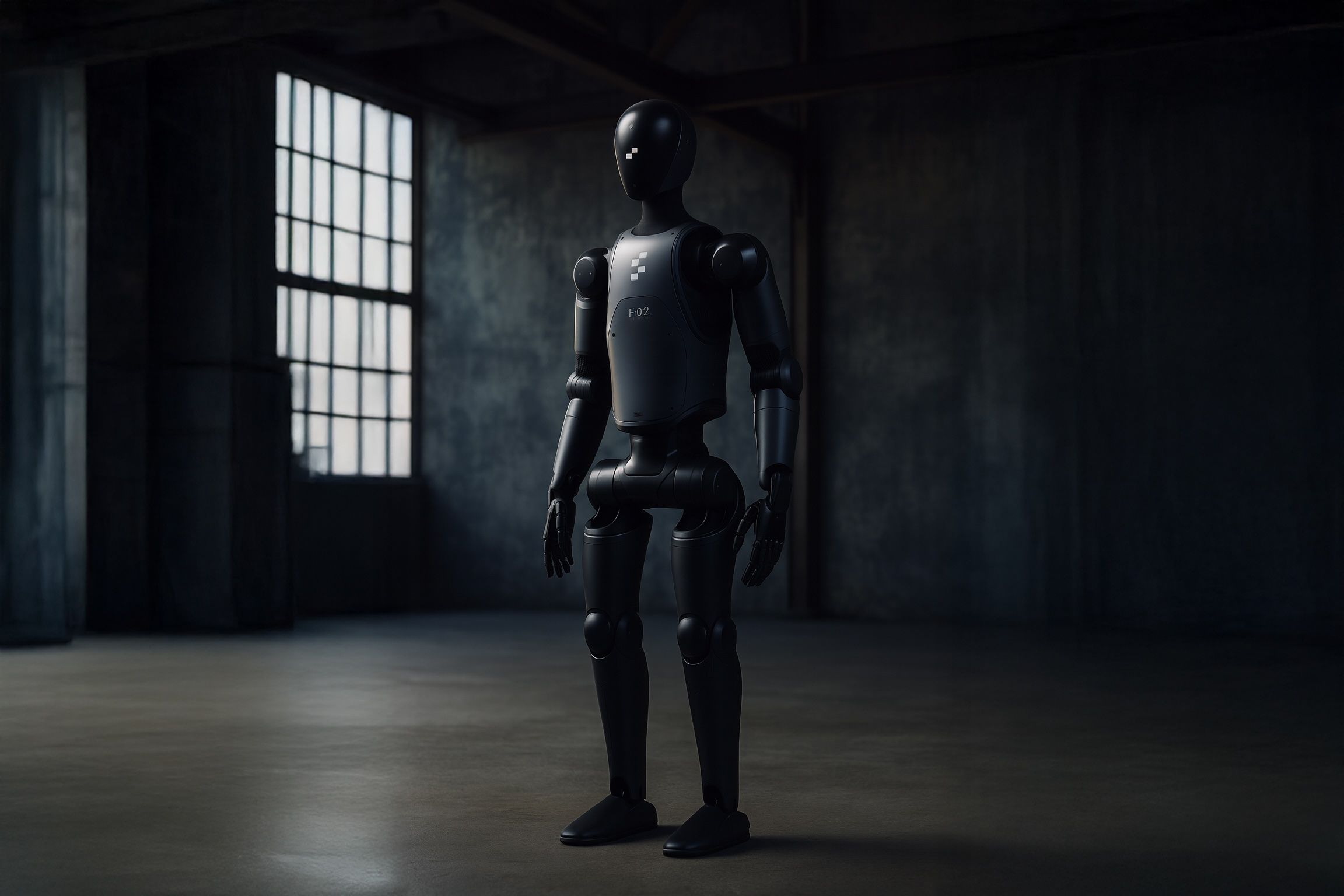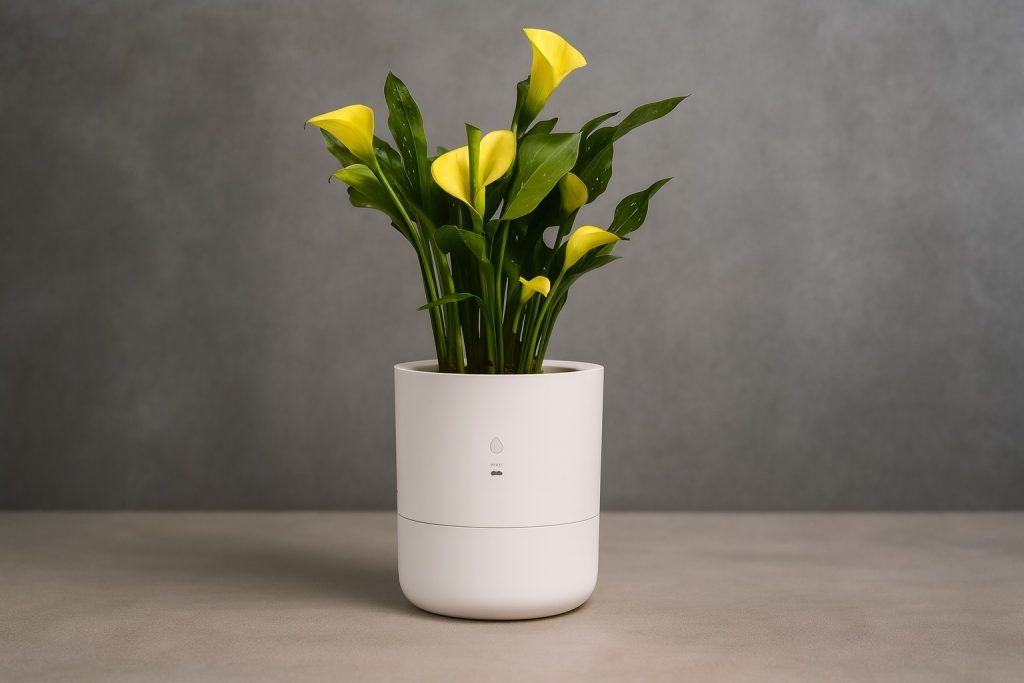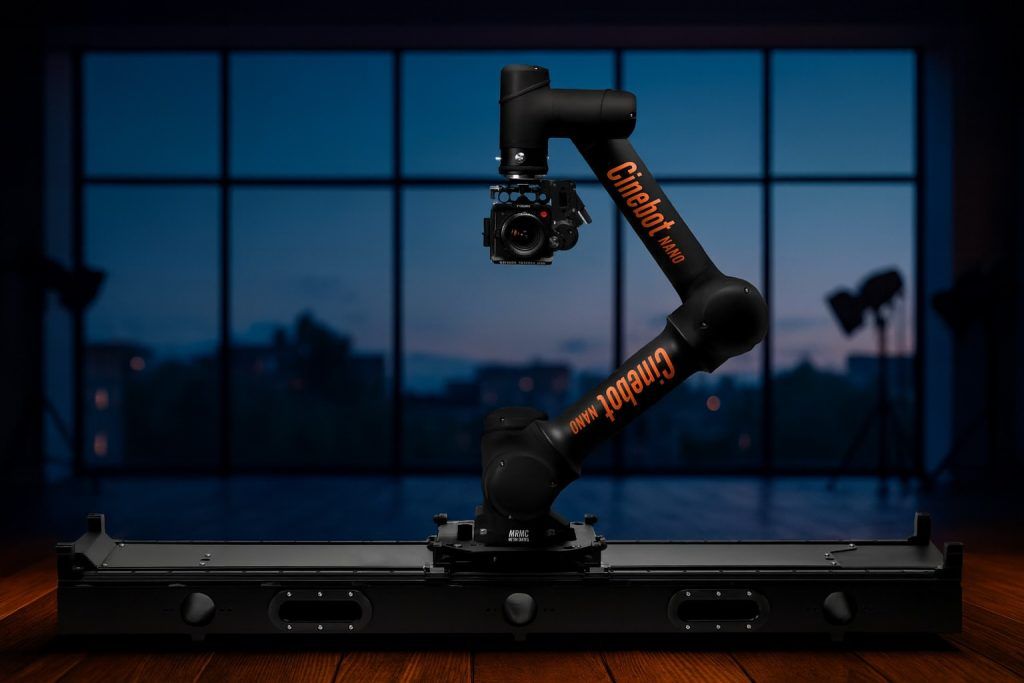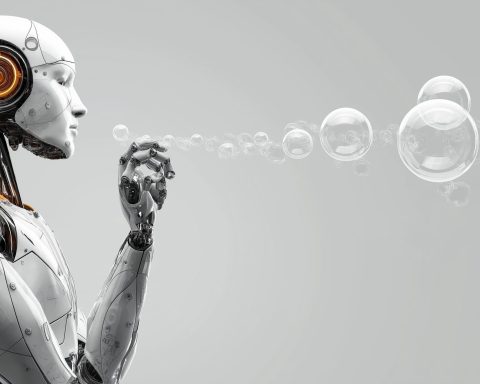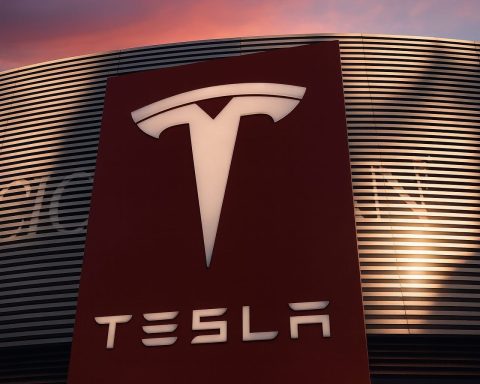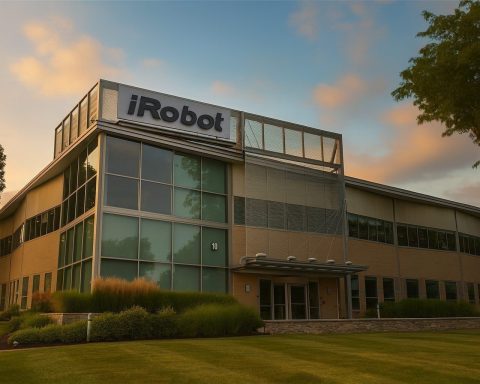- Human-Sized Specs: Figure 02 stands 5’6” tall and weighs 70 kg, with a fully electric system that runs ~5 hours per charge [1] [2]. It carries up to 20–25 kg payloads and walks at 1.2 m/s, matching a brisk human pace [3] [4]. Five-fingered hands (16 DOF each) give it human-like dexterity and strength for using tools and lifting objects [5].
- AI Brain & OpenAI Roots: The robot’s “Helix” AI system combines vision, language, and action modeling to let Figure 02 perceive its environment and follow natural-language commands. Figure initially partnered with OpenAI to develop the robot’s conversational and reasoning abilities using large GPT-based models [6] [7]. (OpenAI’s VP marveled that this opens “new possibilities for how robots can help in everyday life,” and the startup spoke of humanoids processing and reasoning from language [8].) By 2025, however, Figure pivoted to build its own models in-house, with CEO Brett Adcock noting that off-the-shelf LLMs had “quickly become the smallest piece of the puzzle” for a robot’s intelligence [9] [10]. Figure’s team says vertically integrating custom AI – including high-frequency motion control and decision-making – is crucial to achieving real-world embodied intelligence [11] [12].
- Real-World Trials: In mid-2024, Figure 02 was put to the test on a BMW automotive assembly line – one of the first-ever trials of a humanoid in car production. Over several weeks at BMW’s Spartanburg plant, the robot successfully inserted delicate sheet-metal parts into fixtures as part of a vehicle chassis build [13]. This complex two-handed task, performed fully autonomously, demonstrated the robot’s dexterity and reliability in a factory setting. A BMW board member said the pilot is helping identify where “humanoid robots can be used safely in production” and how they might eventually be integrated on the shop floor [14] [15]. (Notably, after this trial, Figure and BMW are continuing to refine the system – there’s no firm timeline yet for permanent deployment on the line [16].) Figure has also showcased its bot in non-industrial chores: the company’s demos show the humanoid picking up laundry, unloading dishwashers, and even brewing coffee completely on its own – early hints of its potential as a home assistant in the future [17] [18].
- Big Backers & Bold Ambitions: Although less than three years old, Figure AI has attracted massive investor support to bankroll its humanoid vision. In early 2024 it raised $675 million in a Series B round led by tech giants: Jeff Bezos committed $100 M, Microsoft $95 M, and NVIDIA and an Amazon fund about $50 M each [19] [20]. Even OpenAI took a small stake (and at one point had considered acquiring the company) [21]. This funding valued Figure at $2.6 billion [22] and came with a collaboration for OpenAI to build “specialized AI models” for the robot [23]. By 2025, Figure’s valuation rumors went stratospheric: the startup was reportedly in talks to raise $1.5 billion more at a jaw-dropping $39 billion valuation [24] [25] – about 15× its previous valuation. (For context, that would make Figure one of the richest robotics startups ever.) According to Bloomberg reports, the new round would be led by Parkway VC and Align Ventures [26]. Why the hype? Figure’s pitch is a robot workforce at massive scale. Adcock mused that if humanoids can reliably fill undesirable labor roles, “we can sell millions of humanoids, billions maybe” [27]. The company is already planning for volume: in March 2025, Figure announced “BotQ,” a dedicated factory aiming to build 12,000 robots per year, with the audacious goal of eventually using Figure’s own robots on the assembly line to help build more units [28] [29]. The CEO claims a second large customer is now signed on (in addition to BMW), and predicts the potential to ship 100,000 humanoids in the coming years [30].
- Roadmap to General-Purpose Use: Figure positions the Figure 02 as a generalist worker that can adapt to many tasks over time. In the near term, the company is targeting labor shortages in industries like manufacturing, logistics, warehousing and retail [31]. The robot’s humanlike form – bipedal legs for navigating human environments and arms/hands for tools – is deliberate, as Figure notes “our world [is] designed for the human form” [32]. Out of the box, Figure 02 can handle things like stocking shelves, moving packages, or machine tending. Thanks to on-board GPUs (dual NVIDIA RTX modules) providing triple the AI computing of the prior model [33], it runs sophisticated perception and control software on-device, reducing reliance on remote servers. The humanoid is outfitted with six RGB cameras plus depth sensors and microphones, giving it an awareness of its surroundings in 360° [34]. Figure uses NVIDIA’s Isaac simulation platform to train its neural models in virtual environments, then transfers those skills to the real robot [35] [36]. The result, the company claims, is a robot that can perform “a wide range of complex tasks fully autonomously”, from high-precision part placement in factories to fetching household objects, with minimal re-programming [37] [38]. Ultimately, Figure’s master plan (per its website) is to introduce humanoids into the workforce and eventually into people’s homes – tackling both dangerous industrial jobs and tedious domestic chores [39] [40]. While experts note that a true home helper robot is still “very, very far away” in terms of technical maturity [41], Figure is explicitly aiming for that long-term prize once it proves itself in industry.
How Figure 02 Stacks Up Against Other Humanoids
The humanoid robot space is suddenly getting crowded, with big tech and startups alike racing to build human-like machines. Figure 02 enters a field that includes Tesla’s much-publicized Optimus, Sanctuary AI’s dexterous Phoenix, Agility Robotics’ logistics-focused Digit, and Unitree’s new H1. Here’s how they compare:
- Tesla Optimus (Tesla Bot) – Height: 5’8” (173 cm); Weight: ~57 kg. Tesla’s bipedal bot, unveiled as a prototype in 2022, has similar size to Figure. It’s designed to perform “unsafe, repetitive or boring” tasks, leveraging the same AI tech used in Tesla’s self-driving systems [42]. Optimus has made rapid strides in demonstrations: by late 2023 it could sort objects by color and even do basic yoga poses [43] [44]. In October 2024, Tesla showed multiple Optimus units walking and waving at an event, and Elon Musk claimed the robot will “do anything” – from pouring drinks to walking your dog [45]. He predicts Optimus could be mass-produced in the millions, at a target price of $20,000–$30,000 per unit in the long term [46]. Internally, Tesla aims to start limited production by 2025 and deploy hundreds of bots in its own factories as a trial [47]. However, much of Optimus’s progress so far has been in controlled demos (often teleoperated or pre-scripted [48]), and critics note Tesla has a history of optimistic timelines [49]. Still, if Tesla hits its marks, Optimus may become a direct competitor for Figure in both factories and eventually homes (Musk even mused that such robots could “bring two orders of magnitude of economic improvement” and eliminate poverty) [50].
- Sanctuary AI Phoenix – Height: 5’7” (170 cm); Weight: ~70 kg [51]. Canada-based Sanctuary has quietly developed eight generations of its Phoenix humanoid as of 2024 [52] [53], with an emphasis on human-like dexterity and “piloted” AI. Phoenix is controlled by an AI system (codename “Carbon”) that learns from both machine learning and human teleoperators guiding the robot in real time. This approach has yielded perhaps the most advanced hands in the industry: Sanctuary’s latest humanoid hand has 21 degrees of freedom and built-in tactile sensors, approaching human hand complexity [54] [55]. In trials, Phoenix robots (assisted by remote human pilots) have performed retail store tasks and warehouse picking, and Sanctuary reports their AI can learn new manual tasks in as little as 24 hours of training. Notably, Sanctuary announced a collaboration with Microsoft in 2024 to develop AI models for its general-purpose robots [56] – a parallel to Figure’s one-time OpenAI alliance. While Phoenix currently often operates with a human in the loop for safety and learning, Sanctuary’s goal is a fully autonomous generalist robot. The company highlights that its robots have already achieved feats like fine in-hand manipulation (e.g. turning screws and handling tiny objects) that are challenging for most humanoids. Sanctuary’s methodical, dexterity-first progress has impressed many in the field, though the company is smaller and less lavishly funded than Figure. As they continue to iterate rapidly (eight versions in, with hydraulic actuators for high strength in the arms/hands [57] [58]), Phoenix is a strong contender in the versatility race.
- Agility Robotics Digit – Height: ~5’1” (155 cm); Weight: ~65 kg. Agility’s Digit is a humanoid in form (two legs, two arms) but takes a different approach: it forgoes human-like hands and head in favor of simplicity and reliability. Digit’s hands are essentially grippers suited to box handling and tote lifting, which aligns with its focus on warehouse and factory logistics tasks. This robot is already in real-world service – making it arguably the first humanoid with a paid job. In 2023, Agility deployed Digit robots at a 3PL warehouse run by GXO, where they move packages and totes, operating initially in cordoned-off zones [59]. (Amazon also invested in Agility and began trials of Digit in its facilities in 2023 [60].) Agility Robotics touts that “we are the first company to deploy a humanoid robot that’s actually getting paid to do work” [61] – a notable milestone. The latest Digit model (2023) introduced swappable end-effectors (for different gripping needs) and improved battery life (~4 hours) with autonomous charging capabilities [62] [63]. Digit can autonomously navigate and carry roughly 16 kg loads; it works alongside fleets of wheeled robots, calling self-driving carts to carry items over longer distances [64] [65]. The company opened “RoboFab,” the world’s first humanoid robot factory, in Oregon and plans to produce Digits at scale to meet growing demand [66] [67]. Agility’s approach prioritizes safety and integration – the newest Digits have advanced safety features (e.g. dynamic emergency stops, onboard safety PLCs) to eventually allow the robots to collaborate directly with human coworkers on the floor [68] [69]. While Digit is more specialized than Figure 02, it has a critical head start in real deployments and could secure a niche as a workhorse for logistics. In fact, Time Magazine named Agility’s Digit one of the Best Inventions of 2024, noting that it’s already filling unmet labor needs in warehouses [70] [71].
- Unitree H1 – Height: 5’10” (180 cm); Weight: 47 kg. A product of China’s Unitree Robotics (better known for its quadruped robot dogs), H1 is a full-size humanoid that made waves in 2023 by actually going on sale. Unitree’s strategy is to offer a capable bipedal robot at a comparatively low price – the H1 is listed at around $90,000–$100,000 (a fraction of what Western rivals’ prototypes cost) [72] [73]. Despite the relatively low cost, H1 boasts solid specs: it can walk up to 5.4 km/h, balance on uneven ground, and even sustain mild kicks without falling [74] [75]. Two versions are available – a basic model with 4-DOF arms and 5-DOF legs, and a premium model with 7-DOF arms and 6-DOF legs for greater mobility [76]. To keep weight down, Unitree uses lightweight materials and fewer total actuators (the H1 has ~19–21 degrees of freedom in the whole body, versus 35+ in Figure/Optimus) [77] [78]. It comes equipped with stereo depth cameras and a LiDAR for perception, and runs on dual Intel i7 CPUs (with options to add GPUs) [79]. H1 is marketed mainly for research and R&D – Unitree explicitly notes it’s a prototype not yet certified for industrial use [80]. Early demo videos show H1 walking, turning, and recovering from shoves, but little on dexterous manipulation (it appears to use simple gripper hands at present). Still, the emergence of a sub-$100k humanoid is significant. Unitree is effectively doing what it did with quadrupeds – undercutting on price to drive wider adoption. If H1’s performance continues to improve, it could become a popular platform for labs and companies that want a humanoid without the nine-figure R&D budget. For Figure, this underscores that competition isn’t only coming from Silicon Valley – Chinese robotics firms are in the race and could press the price point down sooner than expected.
Outlook: Humanoids on the Rise
Figure 02’s debut and its well-heeled backing signal that humanoid robots are no longer just sci-fi fodder – they’re an active development frontier in tech. In 2023–2025 we’ve seen an explosion of progress: robots like Figure 02 and Optimus can now walk, grasp, and perform simple jobs, powered by advances in AI and engineering. Enormous funding and big-name partnerships (from OpenAI to BMW to Microsoft) are pouring into this space, all in hopes of creating a commercially viable “general purpose” robot. That phrase – commercially viable – is key. To succeed, Figure’s humanoid must prove it can reliably do work at acceptable cost. The ongoing BMW pilot and similar trials will be pivotal in gauging ROI, safety, and where these robots fit best on factory floors. Early signs are encouraging (Figure 02 handled the car parts task that typically strains human workers [81]), but broader adoption will demand robust performance and clear economic benefits.
Experts caution that there is still a considerable gap between impressive demos and day-to-day usefulness. Issues like manipulation finesse, battery endurance, safety around humans, and effective autonomy in unstructured environments remain unsolved challenges. As IEEE Spectrum’s robotics editor noted, a helpful humanoid in every home is “very, very far away” with today’s technology – but companies like Figure keep that as an explicit long-term goal [82]. In the meantime, the next few years will likely see these humanoids confined to pilot programs in factories, warehouses, and maybe hospitals or retail – environments where they can be supervised and incrementally improved.
That said, the pace of improvement is rapid. Figure went from a rough prototype to the polished Figure 02 in under 10 months [83]. Tesla is already showing a third-generation design and planning thousands of units for its own use [84]. Sanctuary iterated to an eighth-gen robot with state-of-the-art hands in about two years. And Agility is actually manufacturing robots in a factory, not just labs. This iterative speed, combined with the plug-in of ever-smarter AI models (often trained in realistic simulation), means that each new version of these robots is quickly closing the gap toward human-level abilities in certain tasks. One robotics executive likened the current moment to the PC industry’s early days – rapid upgrades, occasional stumbles, but an unmistakable trajectory upward.
Figure AI’s roadmap encapsulates this optimism. The startup envisions its humanoids tackling labor shortages across industries – “jobs that are undesirable or unsafe” – and eventually scaling to ubiquity [85] [86]. Its CEO even imagines a Figure robot in every home, doing dishes and laundry like a real-life Rosie the Robot maid [87]. It’s an ambitious vision, and certainly there are hurdles to overcome before robots vacuum our living rooms or stock every warehouse shelf. But with Figure 02 and its peers, 2025 has shown that the humanoid robot race is officially on. Backed by billions and breakneck innovation, these robots are steadily learning to walk, work, and one day, perhaps, even live among us as helpers – turning decades of science fiction into an engineering reality.
Sources: Figure AI official site [88] [89] [90]; BMW Press Release (6 Aug 2024) [91] [92]; NVIDIA Blog [93] [94]; Reuters [95] [96]; Fast Company (AP) [97] [98]; The Decoder [99] [100]; IEEE Spectrum [101] [102]; The Verge [103]; Sanctuary AI news [104] [105]; TIME Magazine [106]; Agility Robotics press [107] [108]; Unitree H1 specs [109] [110].
References
1. www.figure.ai, 2. www.figure.ai, 3. www.figure.ai, 4. www.figure.ai, 5. en.wikipedia.org, 6. en.wikipedia.org, 7. en.wikipedia.org, 8. www.fastcompany.com, 9. the-decoder.com, 10. the-decoder.com, 11. the-decoder.com, 12. the-decoder.com, 13. www.press.bmwgroup.com, 14. www.press.bmwgroup.com, 15. www.press.bmwgroup.com, 16. www.press.bmwgroup.com, 17. www.figure.ai, 18. spectrum.ieee.org, 19. www.reuters.com, 20. www.reuters.com, 21. www.reuters.com, 22. en.wikipedia.org, 23. www.fastcompany.com, 24. techcrunch.com, 25. techcrunch.com, 26. techcrunch.com, 27. www.fastcompany.com, 28. en.wikipedia.org, 29. en.wikipedia.org, 30. techcrunch.com, 31. www.figure.ai, 32. www.figure.ai, 33. blogs.nvidia.com, 34. blogs.nvidia.com, 35. blogs.nvidia.com, 36. blogs.nvidia.com, 37. www.press.bmwgroup.com, 38. www.press.bmwgroup.com, 39. www.figure.ai, 40. spectrum.ieee.org, 41. spectrum.ieee.org, 42. en.wikipedia.org, 43. en.wikipedia.org, 44. en.wikipedia.org, 45. www.theverge.com, 46. www.theverge.com, 47. en.wikipedia.org, 48. en.wikipedia.org, 49. en.wikipedia.org, 50. www.theverge.com, 51. humanoids.wiki, 52. sanctuary.ai, 53. sanctuary.ai, 54. www.sanctuary.ai, 55. mikekalil.com, 56. sanctuary.ai, 57. mikekalil.com, 58. www.sanctuary.ai, 59. time.com, 60. time.com, 61. time.com, 62. www.agilityrobotics.com, 63. www.agilityrobotics.com, 64. www.agilityrobotics.com, 65. www.agilityrobotics.com, 66. www.agilityrobotics.com, 67. www.agilityrobotics.com, 68. www.agilityrobotics.com, 69. www.agilityrobotics.com, 70. time.com, 71. time.com, 72. shop.unitree.com, 73. www.generationrobots.com, 74. www.generationrobots.com, 75. www.generationrobots.com, 76. www.generationrobots.com, 77. top3dshop.com, 78. www.generationrobots.com, 79. www.generationrobots.com, 80. www.generationrobots.com, 81. www.press.bmwgroup.com, 82. spectrum.ieee.org, 83. blogs.nvidia.com, 84. en.wikipedia.org, 85. www.prnewswire.com, 86. www.prnewswire.com, 87. www.figure.ai, 88. www.figure.ai, 89. www.figure.ai, 90. www.figure.ai, 91. www.press.bmwgroup.com, 92. www.press.bmwgroup.com, 93. blogs.nvidia.com, 94. blogs.nvidia.com, 95. www.reuters.com, 96. www.reuters.com, 97. www.fastcompany.com, 98. www.fastcompany.com, 99. the-decoder.com, 100. the-decoder.com, 101. spectrum.ieee.org, 102. spectrum.ieee.org, 103. www.theverge.com, 104. www.sanctuary.ai, 105. sanctuary.ai, 106. time.com, 107. www.agilityrobotics.com, 108. www.agilityrobotics.com, 109. www.generationrobots.com, 110. www.generationrobots.com
